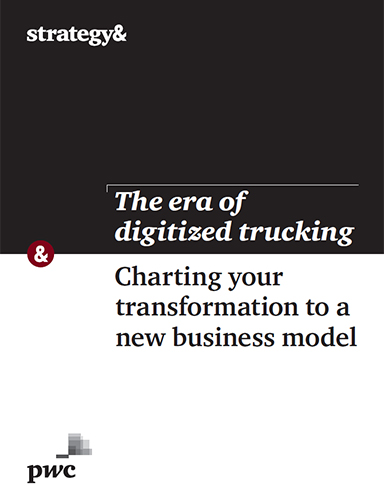The Era of Digitized Trucking: Charting Your Transformation to a New Business Model
In this study we examine the changes to the supply chain that will result from various innovations, how will companies and customers save time and money. and how the switch to autonomous vehicles and other elements will affect the business models of today’s stakeholders.
Executive Summary
Within a few short years, trucking and logistics will be an ecosystem of autonomous vehicles directed by a digitized supply chain, combining driverless, cabless trucks and delivery hubs staffed by robots. We laid out our vision for this in a 2016 study.
But what about the numbers behind these changes? In particular, what do they mean for cost and efficiency in an industry that has long sought to improve both by fine-tuning its business model?
In this, our latest study, we have undertaken a deep dive into these two crucial elements with a focus on the trucking sector in the European Union (E.U.) and have developed the following estimates:
- Trucking logistics costs will fall by 47 percent by 2030, largely through the reduction of labor.
- Delivery lead times will fall by 40 percent.
- Trucks will be in use on the road for 78 percent of the time, rather than the current industry average in Europe of 29 percent.
Significant stakeholders in the current system, such as long-distance truck drivers and freight-forwarding companies, will disappear; the process of matching the goods to be delivered and the available trucks will be fully automated.
To stay competitive, original equipment manufacturers need to expand their product portfolios to include new powertrains and focus production on autonomous long-haul trucks.
Large technology companies will become a bigger feature in the delivery market, with new technologies.
Road Map
OEMs may be aware of these imminent changes but likely find it very challenging to publicly embrace them, because they threaten not only the business model of the truck manufacturers themselves but also their customers, the leasing and logistics companies.
The whole ecosystem is under threat (see Exhibit below). Yet it is essential that the industry acknowledges and works to keep pace with the incremental disruptive changes in technology and automation over the coming years - a transformation that will create a new and more cost-efficient supply chain by 2030.
New Technologies Will Create a More Cost-Efficient Logistics Supply Chain by 2030

What’s Related
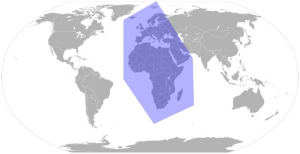
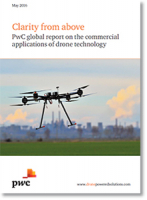
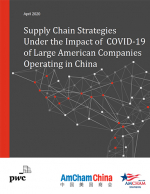
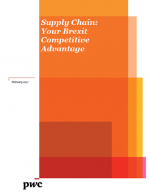
Favorites





